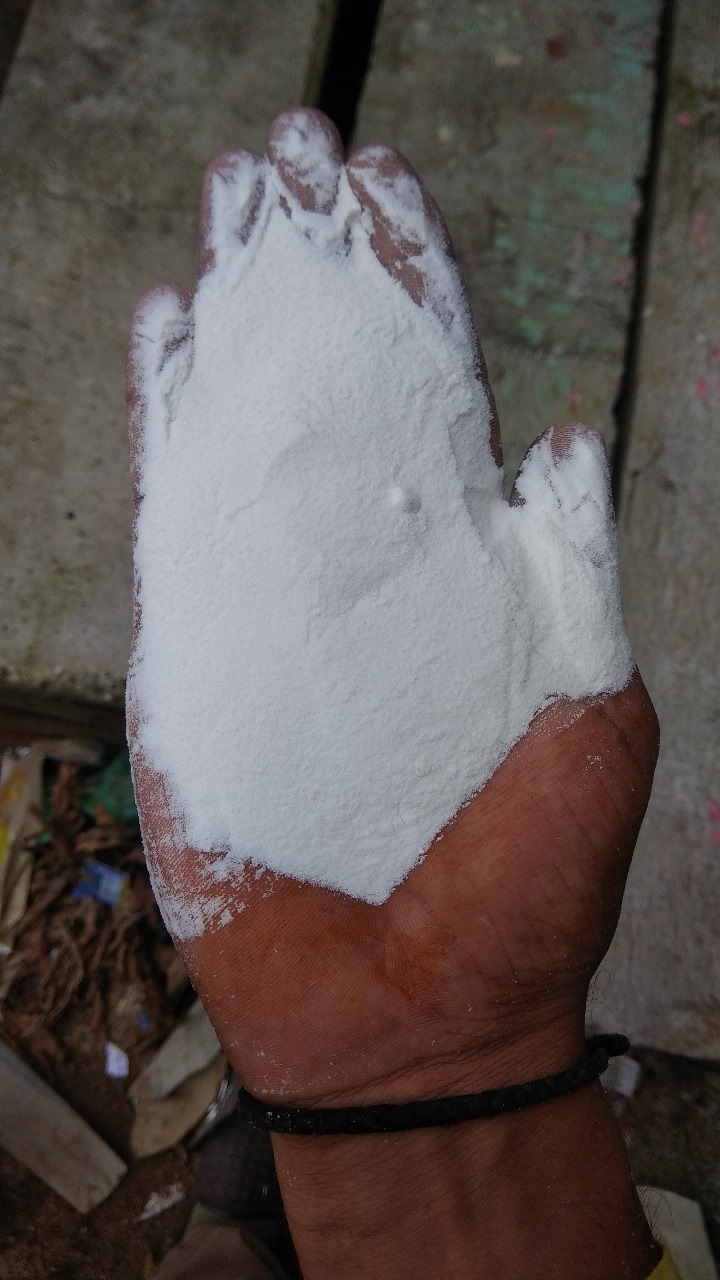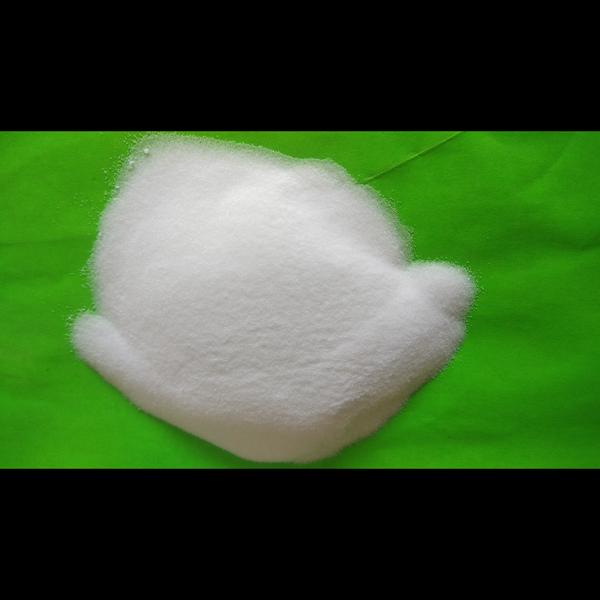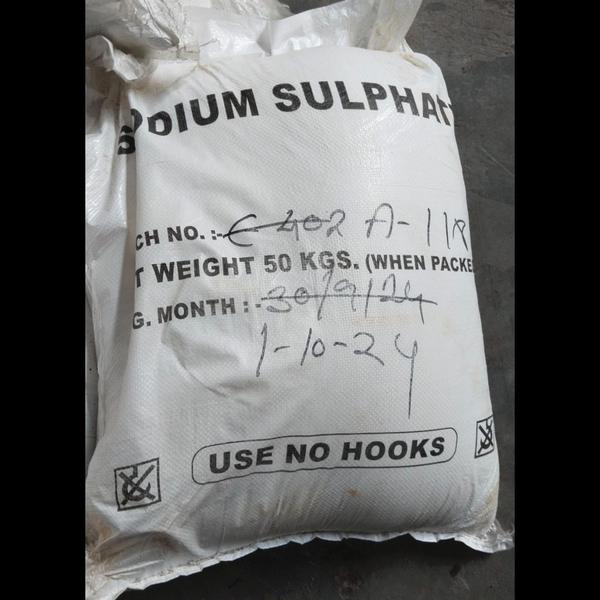
India: 2025–26 Outlook
Dyes Industry:
Usage: Acts as a leveling salt to promote uniform dye uptake in textile processes.
Market Dynamics: Demand remains steady, buoyed by the enduring textile sector. However, innovations in eco-friendly dyeing processes may gradually influence usage levels.
Glass Manufacturing:
Usage: Employed as a fining agent to remove bubbles in glass production.
Market Dynamics: The glass industry is witnessing steady growth, especially in container and architectural glass, which in turn sustains Glauber salt demand.
Paper Industry:
Usage: Utilized in certain pulping processes and as a filler in paper production.
Market Dynamics: Although digitalization impacts overall paper volumes, industrial paper production remains robust enough to maintain a moderate demand for sodium sulfate.
Detergent Sector:
Usage: Functions as an inert filler, helping to bulk up powdered detergents.
Market Dynamics: Shifts toward eco-friendly formulations and regulatory scrutiny on chemical additives could spur gradual changes in formulation, yet demand for traditional formulations persists in many segments.
Overall Trends:
Production & Technology: Enhanced domestic production methods and process efficiencies are bolstering the competitiveness of Indian producers.
Regulatory & Sustainability Pressures: Government initiatives promoting self-reliance and sustainability are encouraging innovation, though compliance costs may impact pricing and margins.
Global Market Scenario
Key Production Regions:
China, USA, & Europe: These regions remain significant hubs for Glauber salt production, with China being a major exporter.
Environmental and Regulatory Impacts:
Developed Markets: Stringent environmental regulations in Europe and North America are driving the adoption of cleaner production techniques and may lead to partial substitution in some applications.
Sustainability Focus: Globally, there is an increasing shift toward energy-efficient, lower-emission production processes.
Market Dynamics:
Supply & Pricing: Global prices are subject to fluctuations based on raw material costs, energy prices, and trade policies. Periods of oversupply or supply-chain disruptions can create volatility.
Innovation: Continuous R& D is fostering more sustainable and cost-effective production methods, which may gradually reshape usage patterns across various industries.
Summary
In India, the Glauber salt market is expected to remain robust through 2025–26, with steady demand across dyes, glass, paper, and detergent industries. Innovations in production and sustainability practices are key drivers, even as regulatory changes introduce gradual shifts in formulation and application, particularly in detergent manufacturing. Globally, while traditional production hubs continue to lead, the industry is navigating environmental mandates and market dynamics that drive technological innovation and sustainable practices.
This outlook positions Indian producers to benefit from both domestic demand and export opportunities, provided they continue to innovate and adapt to evolving market and regulatory conditions.
Keywords
sustainable practices
sustainability practices
regulatory conditions
regulatory scrutiny
domestic demand
moderate demand
glass industry
key drivers
remain robust
supplychain disruptions
fluctuations based
increasing shift
partial substitution
north america
impact pricing
compliance costs
process efficiencies
chemical additives
digitalization impacts
remove bubbles
fining agent
steady demand
evolving market
market dynamics
architectural glass
industries summary
encouraging innovation
spur gradual
pulping processes
leveling salt
ecofriendly formulations
detergent industries innovations
glauber salt market
inert filler helping
ecofriendly dyeing processes
glauber salt production
dyes glass paper
drive technological innovation
introduce gradual shifts
costeffective production methods
cleaner production techniques
traditional formulations persists
witnessing steady growth
export opportunities provided
navigating environmental mandates
detergent manufacturing globally
trade policies periods
major exporter environmental
enduring textile sector



